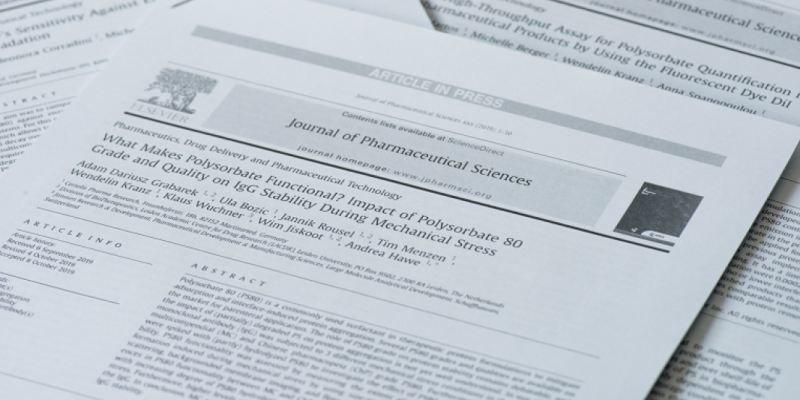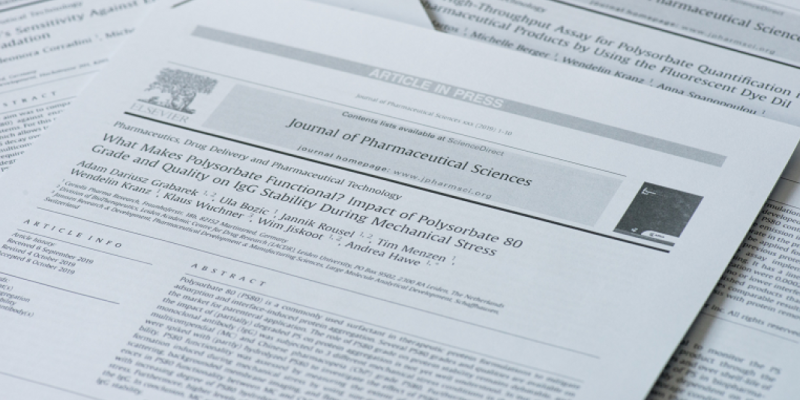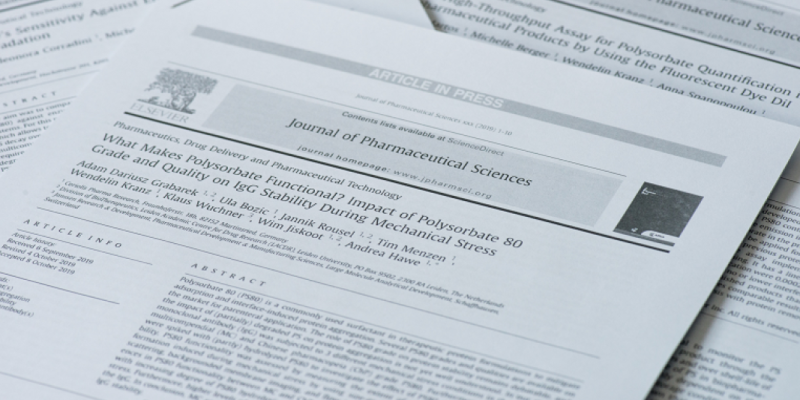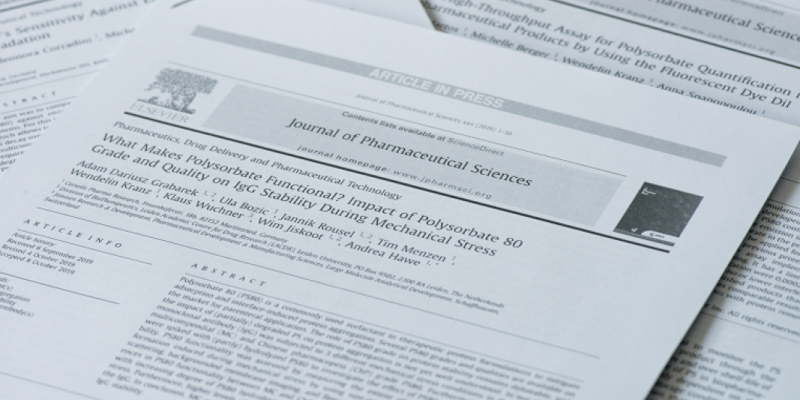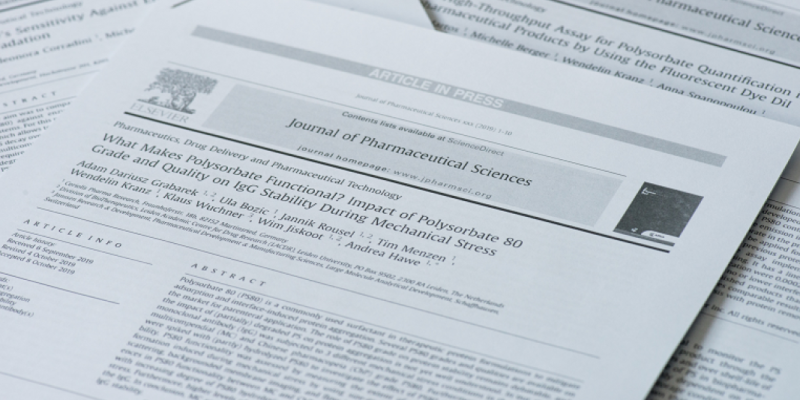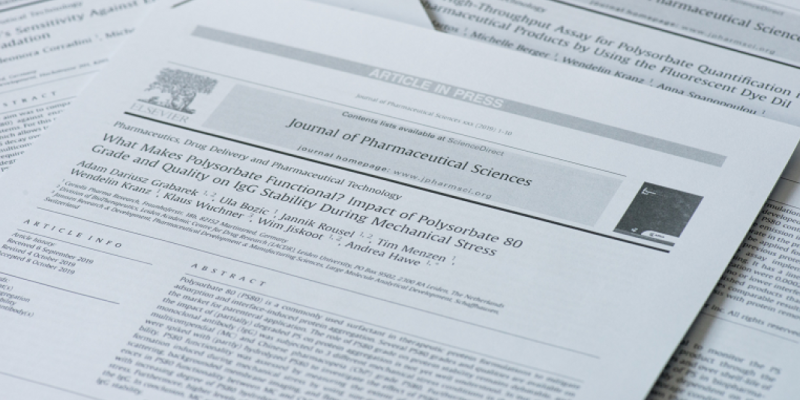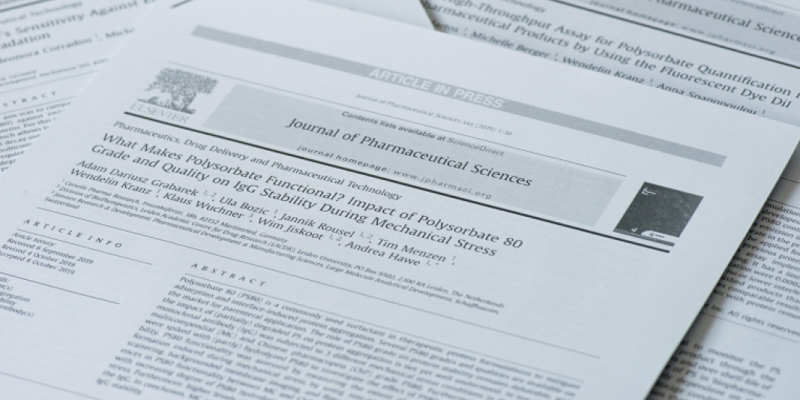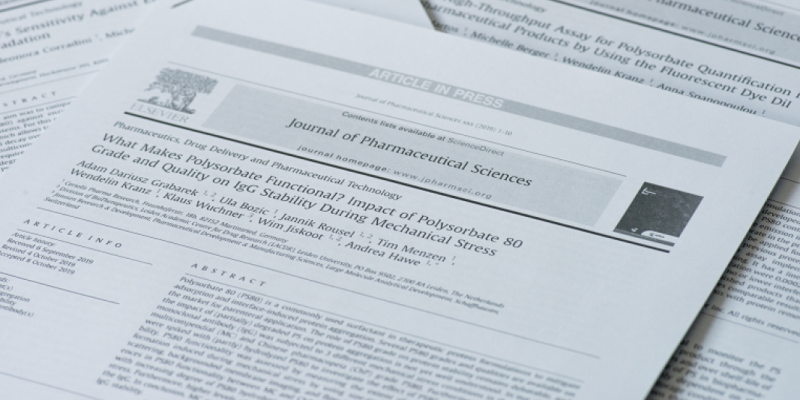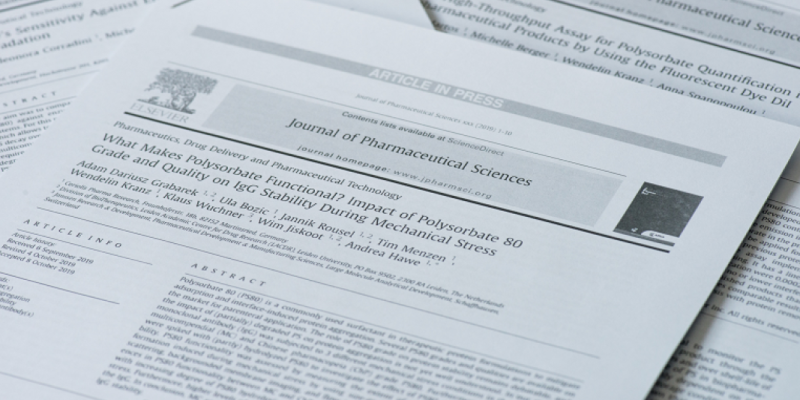Label-free, flow-imaging methods for determination of cell concentration and viability.
Pharm Res. 2018 MAY
PURPOSE: To investigate the potential of two flow imaging microscopy (FIM) techniques (Micro-Flow Imaging (MFI) and FlowCAM) to determine total cell concentration and cell viability.
METHODS: B-lineage acute lymphoblastic leukemia (B-ALL) cells of 2 different donors were exposed to ambient conditions. Samples were taken at different days and measured with MFI, FlowCAM, hemocytometry and automated cell counting. Dead and live cells from a fresh B-ALL cell suspension were fractionated by flow cytometry in order to derive software filters based on morphological parameters of separate cell populations with MFI and FlowCAM. The filter sets were used to assess cell viability in the measured samples.
RESULTS: All techniques gave fairly similar cell concentration values over the whole incubation period. MFI showed to be superior with respect to precision, whereas FlowCAM provided particle images with a higher resolution. Moreover, both FIM methods were able to provide similar results for cell viability as the conventional methods (hemocytometry and automated cell counting).
CONCLUSION: FIM-based methods may be advantageous over conventional cell methods for determining total cell concentration and cell viability, as FIM measures much larger sample volumes, does not require labeling, is less laborious and provides images of individual cells.
Pharm Res. 2018 MAY
https://link.springer.com/article/10.1007%2Fs11095-018-2422-5


